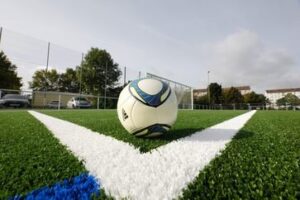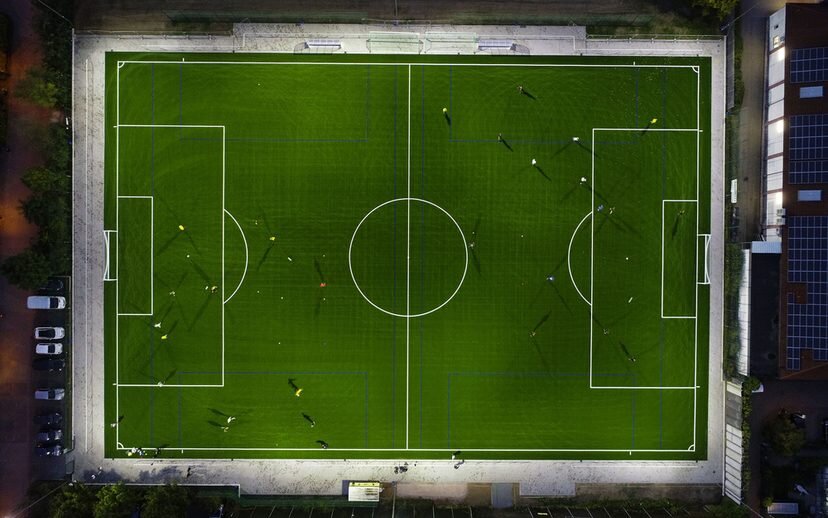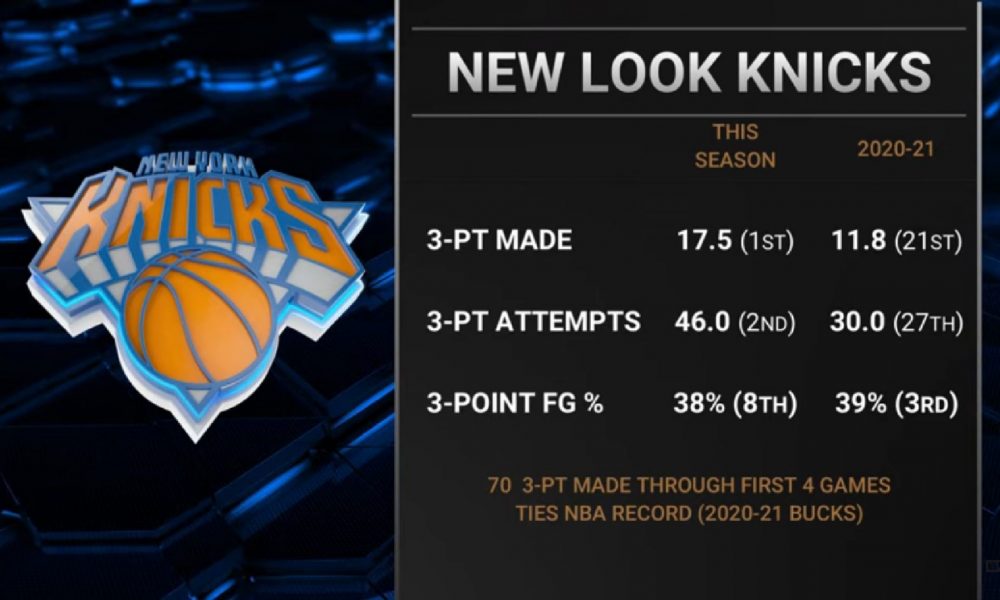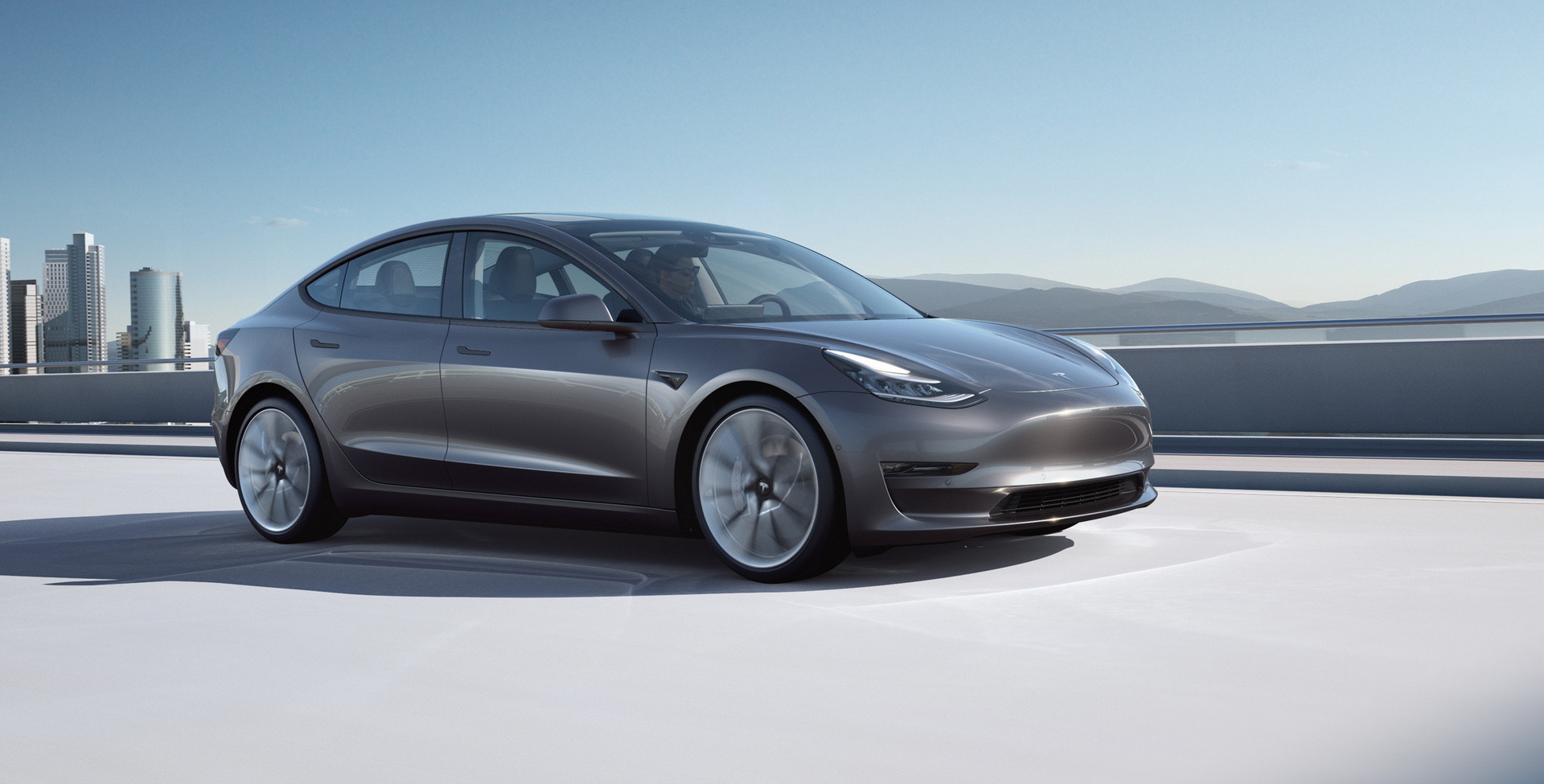–
Artificial turf pitches, which used to be disreputable because of their abrasion from microplastics, have recently become more environmentally friendly. The latest example is the new large all-weather playing field on the municipal sports facility on Bürgeler Strasse used by the Sport and Culture Association (SKG) Rumpenheim and the Turkish SC Offenbach, where it was possible to completely dispense with filling with plastic or rubber granules.
On behalf of the city of Offenbach and its sports management, the municipal utilities converted a former tennis court into a 6,900 square meter synthetic turf playing field over a five-month construction period from May to September. Project management and control was the responsibility of the Stadtwerke subsidiary OPG Offenbacher Projektentwicklungsgesellschaft mbH.
The 90 by 60 meter soccer field in Rumpenheim is the sixth of its kind in Offenbach and at the same time the most modern. A so-called unfilled synthetic turf system was installed. The stalks are tufted more closely than on conventional artificial turf surfaces. The bottom of the pile is filled with ten kilograms of quartz sand per square meter. This layer of sand gives the fibers of the field a firm hold. A plastic granulate no longer has to be applied over it. Thanks to the dense tufting of the stalks, the athletes do not come into contact with the quartz sand. A welcome side effect: “Due to the dense pile, the athletes tell me that the game feels more pleasant,” says Mayor Dr. Felix Schwenke.

“According to the current state of knowledge, we are future-proof with this ultra-modern system in Rumpenheim. The urgently needed expansion of the play options is the first step, the significantly improved options for winter use are the second important improvement, ”emphasizes OB Schwenke.
The sports facility development plan approved by the city council also provides for the conversion of further playing fields into artificial turf fields in the coming years, adapted to the budget situation. The Rumpenheimer large playing field formed the prelude to the implementation of the development concept. In general, the following applies to sports fields with artificial turf: Compared to natural turf or hybrid turf, they have the advantage of being more hard-wearing, more durable and easier to care for and therefore cheaper to maintain. Above all, however, they are playable all year round and regardless of the weather. The usage time of the SKG playing field has doubled from 1,000 to 2,000 hours a year.
Especially in winter, the SKG had reached the capacity limit of the sports facility. The club alone maintains 15 youth teams, is very popular and has had to temporarily stop admission. In addition, two senior and one senior team as well as two senior teams from the Turkish SC use the facility. It also includes a small playing field, which, if possible, will also receive artificial turf before the planned expansion of the neighboring Ernst Reuter School with a new elementary school wing and which should be usable by autumn / winter 2022. In order to be able to optimally use the advantages of an all-weather large playing field, a floodlight system is required, which the old Tennenplatz already had. Two of the six floodlights had previously been replaced with modern LED floodlights due to defects. Now the OPG has also replaced the other four floodlights with LED lights. They are bird and insect friendly, can be dimmed and individually controlled.
In the course of renovating the playing field, the municipal utility company also increased the fencing around the facility and repaired and upgraded the noise barrier to the neighboring residential area. In addition to the artificial turf pitch, an infiltration basin in the form of a turf covered in soil has been dug, into which the surface water of the playing field is channeled via drainage pipes. A new irrigation system enables manual cooling of the square, which can heat up to 50 degrees on hot summer days. Underground hydrants make it possible to use hoses to set up mobile tripod sprinklers in the field. As a side effect, the ball bounce behavior compared to a dry, hot playing surface also benefits from such a watered place.
A special feature in Rumpenheim: Under the built-up Tennenplatz there was already a previous square, an “ash square”, which is the colloquial name, covered with pebble red material. The material that has been used nationwide for decades as a sports field surface is contaminated with pollutants, especially dioxins. In the early nineties, the city of Offenbach had the square rehabilitated according to the rules applicable at the time and secured with the help of geotextile and a ten-centimeter-thick, unloaded surface. Studies from 2018 proved the effectiveness of this method: the securing of the old pavement was still intact. Due to the poor solubility of the pollutants in water, in coordination with the Darmstadt Regional Council (RP) Darmstadt, a waterproof cover was dispensed with during the conversion to an artificial turf pitch. With a 40 centimeter high structure, the old surface layer has been strengthened once again and the new surface has then been applied to this layer. The RP then confirmed that the space can be used without hesitation. The city of Offenbach approved it for match and training operations at the end of September.
The city has invested 1.35 million euros in the Rumpenheim artificial turf pitch. The public utilities company OPG has succeeded in meeting both the budget and the time frame exactly. A grant of 50,000 euros has been applied for from the State of Hesse for the construction of the site. The conversion of the floodlight system to LED technology is subsidized by the state as part of sports funding with 33,000 euros and by the federal government as part of the national climate protection directive with 17,432 euros.
(Text: PM City Offenbach)
–


